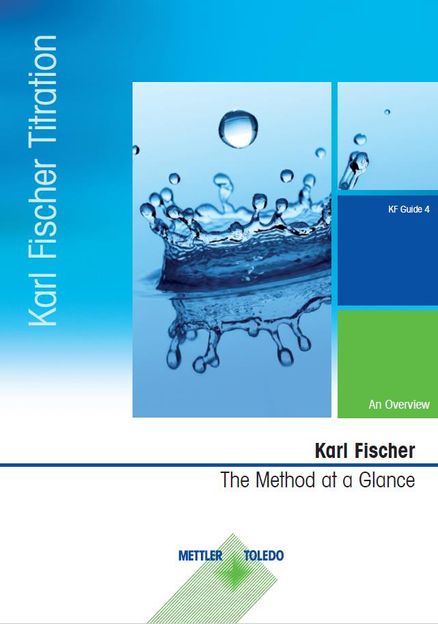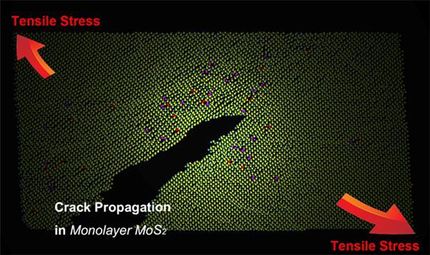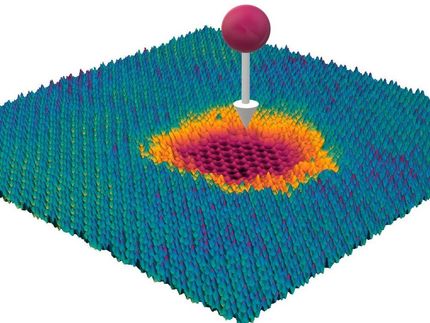Efficient hydrogen production made easy
In the 2015 movie “The Martian,” stranded astronaut Matt Damon turns to the chemistry of rocket fuel, hydrazine and hydrogen, to create lifesaving water and nearly blows himself up. But if you turn the process around and get the hydrazine to help, you create hydrogen from water by changing conductivity in a semiconductor, a transformation with wide potential applications in energy and electronics.
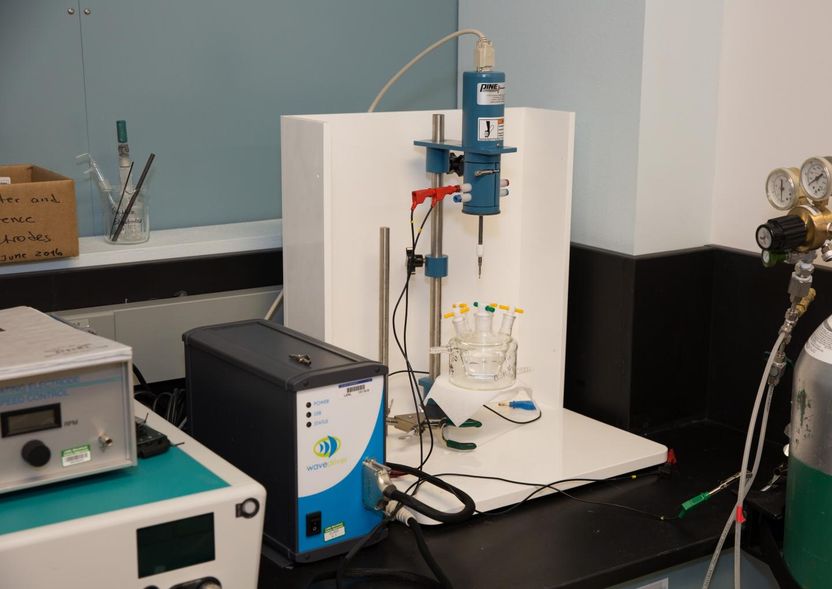
New research from Los Alamos National Laboratory researchers, "Efficient Hydrogen Evolution in Transition Metal Dichalcogenides via a Simple One-Step Hydrazine Reaction," not only presents one of the best hydrogen water splitting electrocatalysts to date, but also opens up a whole new direction for research in electrochemistry and semiconductor device physics.
Los Alamos National Laboratory
“We demonstrate in our study that a simple chemical treatment, in this case a drop of dilute hydrazine (N2H4) in water, can dope electrons directly to a semiconductor, creating one of the best hydrogen-evolution electrocatalysts,” said Gautam Gupta, project leader at Los Alamos National Laboratory in the Light to Energy team of the Lab’s Materials Synthesis and Integrated Devices group. The research was published in Nature Communications.
Understanding how to use a simple, room-temperature treatment to drastically change the properties of materials could lead to a revolution in renewable fuels production and electronic applications. As part of the Los Alamos mission, the Laboratory conducts multidisciplinary research to strengthen the security of energy for the nation, work that includes exploring alternative energy sources.
In recent years, the materials science community has grown more interested in the electrical and catalytic properties of layered transition metal dichalcogenides (TMDs). TMDs are primarily metal sulfides and selenides (e.g., MoS2) with a layered structure, similar to graphite; this layered structure allows for unique opportunities, and challenges, in modifying electrical properties and functionality.
Gupta and Aditya Mohite, a physicist with a doctorate in electrical engineering, have been pioneering work at Los Alamos seeking to understand the electrical properties of TMDs and use that knowledge to optimize these semiconductors for renewable fuels production.
In this work, MoS2 shell — MoOx core nanowires, as well as pure MoS2 particles and 2D sheets — are tested for electrocatalysis of the hydrogen evolution reaction. The addition of dilute hydrazine to MoS2 significantly improves the electrocatalytic performance. Further characterization shows that the MoS2 changes from semiconducting behavior to having more metallic properties following the hydrazine exposure.
“The most interesting thing about this result is that it is different than conventional doping, where actual chemicals are added to a semiconductor to change its charge carrier concentration. In the case of hydrazine treatment, we are ‘doping’ electrons directly to the material, without modifying the original chemistry,” said Dustin Cummins, first author on this project, currently a postdoctoral researcher in the Laboratory’s Sigma Division working on the DOE/NNSA CONVERT Program , exploring fuel fabrication for next-generation reactors.
Cummins first found the hydrogen-production result working with Gupta at Los Alamos as a graduate student research affiliate from the University of Louisville (advisor: Dr. Mahendra Sunkara) and he continued to conduct experiments and refine discussion while working as a postdoc.
“Hydrazine acting as an electron dopant in inorganic semiconductors has been observed since the 1970s, but there is limited understanding of the process,” Cummins noted. “Our biggest hurdle was to prove to that hydrazine was actually changing the conductivity of the MoS2 system, and that is what results in increased catalytic activity,” which was demonstrated on single-flake devices, he said.
Multiple areas of Los Alamos staff expertise in layered semiconductors, chemistry, spectroscopy, electrical device fabrication and more all came together to provide some of the best understanding and mechanism to date for hydrazine acting as an electron dopant.
Original publication
Dustin R. Cummins, Ulises Martinez, Andriy Sherehiy, Rajesh Kappera, Alejandro Martinez-Garcia, Roland K. Schulze, Jacek Jasinski, Jing Zhang, Ram K. Gupta, Jun Lou, Manish Chhowalla, Gamini Sumanasekera, Aditya D. Mohite, Mahendra K. Sunkara & Gautam Gupta; "Efficient hydrogen evolution in transition metal dichalcogenides via a simple one-step hydrazine reaction"; Nature Comm.; 2016
Most read news
Original publication
Dustin R. Cummins, Ulises Martinez, Andriy Sherehiy, Rajesh Kappera, Alejandro Martinez-Garcia, Roland K. Schulze, Jacek Jasinski, Jing Zhang, Ram K. Gupta, Jun Lou, Manish Chhowalla, Gamini Sumanasekera, Aditya D. Mohite, Mahendra K. Sunkara & Gautam Gupta; "Efficient hydrogen evolution in transition metal dichalcogenides via a simple one-step hydrazine reaction"; Nature Comm.; 2016
Topics
Organizations
Other news from the department science

Get the chemical industry in your inbox
By submitting this form you agree that LUMITOS AG will send you the newsletter(s) selected above by email. Your data will not be passed on to third parties. Your data will be stored and processed in accordance with our data protection regulations. LUMITOS may contact you by email for the purpose of advertising or market and opinion surveys. You can revoke your consent at any time without giving reasons to LUMITOS AG, Ernst-Augustin-Str. 2, 12489 Berlin, Germany or by e-mail at revoke@lumitos.com with effect for the future. In addition, each email contains a link to unsubscribe from the corresponding newsletter.
Most read news
More news from our other portals
Last viewed contents
Exelixis Identifies Additional Crop Protection Targets
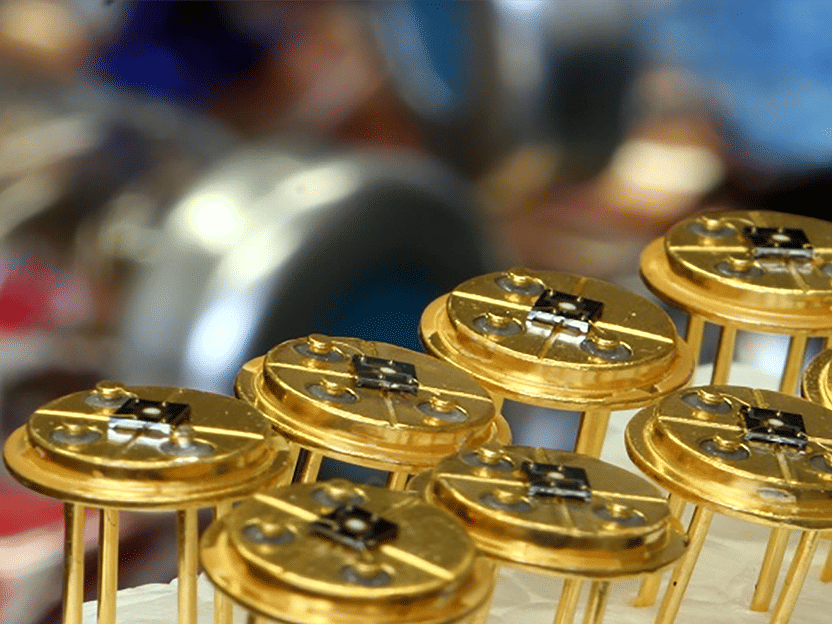
Smoke Detector “Sniffs out” Causes of Fire - Alarm Before There Is Even a Fire
Pop_pop_boat
New diamond structures produce bright luminescence - Use in quantum cryotography and biomarkers applications
A better alternative to gasoline - Cost-saving measure to upgrade ethanol to butanol
